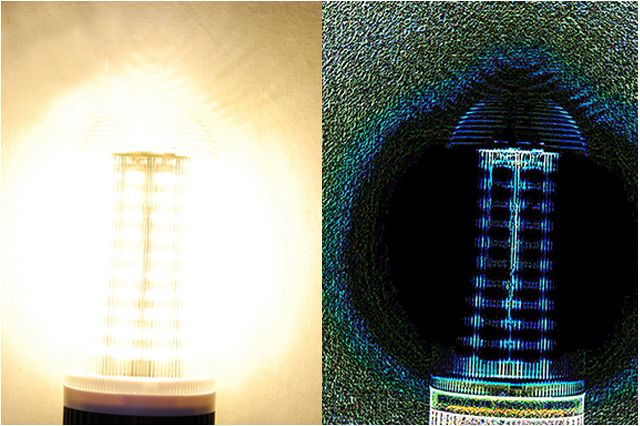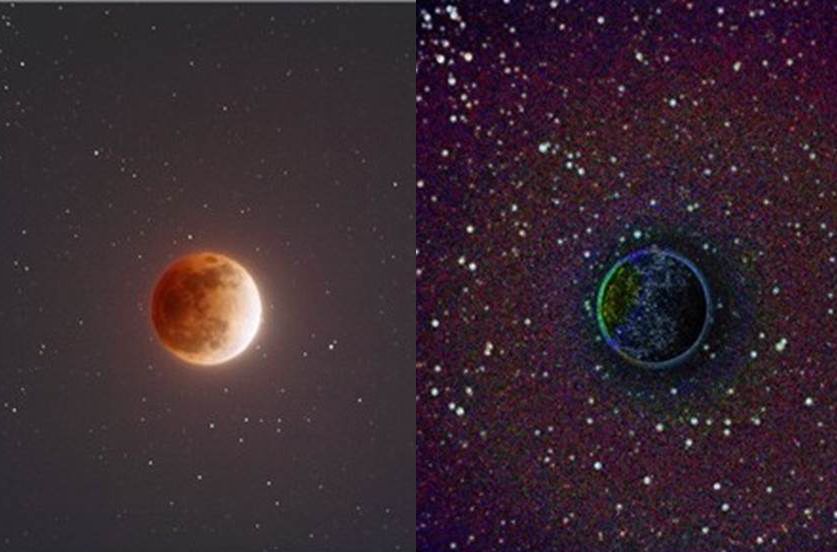
While the human eye can provide us with supreme visual capabilities, computers are making it possible to see the unseen aspects of images. A team of engineers from the University of California, Los Angeles has now made its special computer code for an algorithm that helps computers process images at high speeds and allows them to “see” in ways that human eyes cannot open to the public.

According to the researchers, the code could eventually be used in face, fingerprint and iris recognition for security purposes, as well as in driverless car navigation systems.
UCLA’s algorithm, developed by a group led by Bahram Jalali, a UCLA professor of electrical engineering, works by performing mathematical operations that identify objects’ edges and then detects and extracts their features. In addition, the algorithm enhances images and recognizes their textures.
The software is now available for free download on two open source platforms, Github and Matlab File Exchange, which will allow researchers to work together to study, use and improve the algorithm, as well as modify and distribute it freely.
This also opens the doors for researchers to incorporate the technology into future computer vision and pattern recognition applications.

The Phase Stretch Transform algorithm, as it is called, also helps computers see features of objects that aren’t visible with traditional cameras. For example, if someone took an image of an LED lamp with traditional cameras, its internal structure would most likely not be able to be seen due to to the brightness of its light, but the algorithm makes it possible. It can also see distant stars that would normally be invisible to astronomers.
Learn more at UCLA.

Comments are closed, but trackbacks and pingbacks are open.